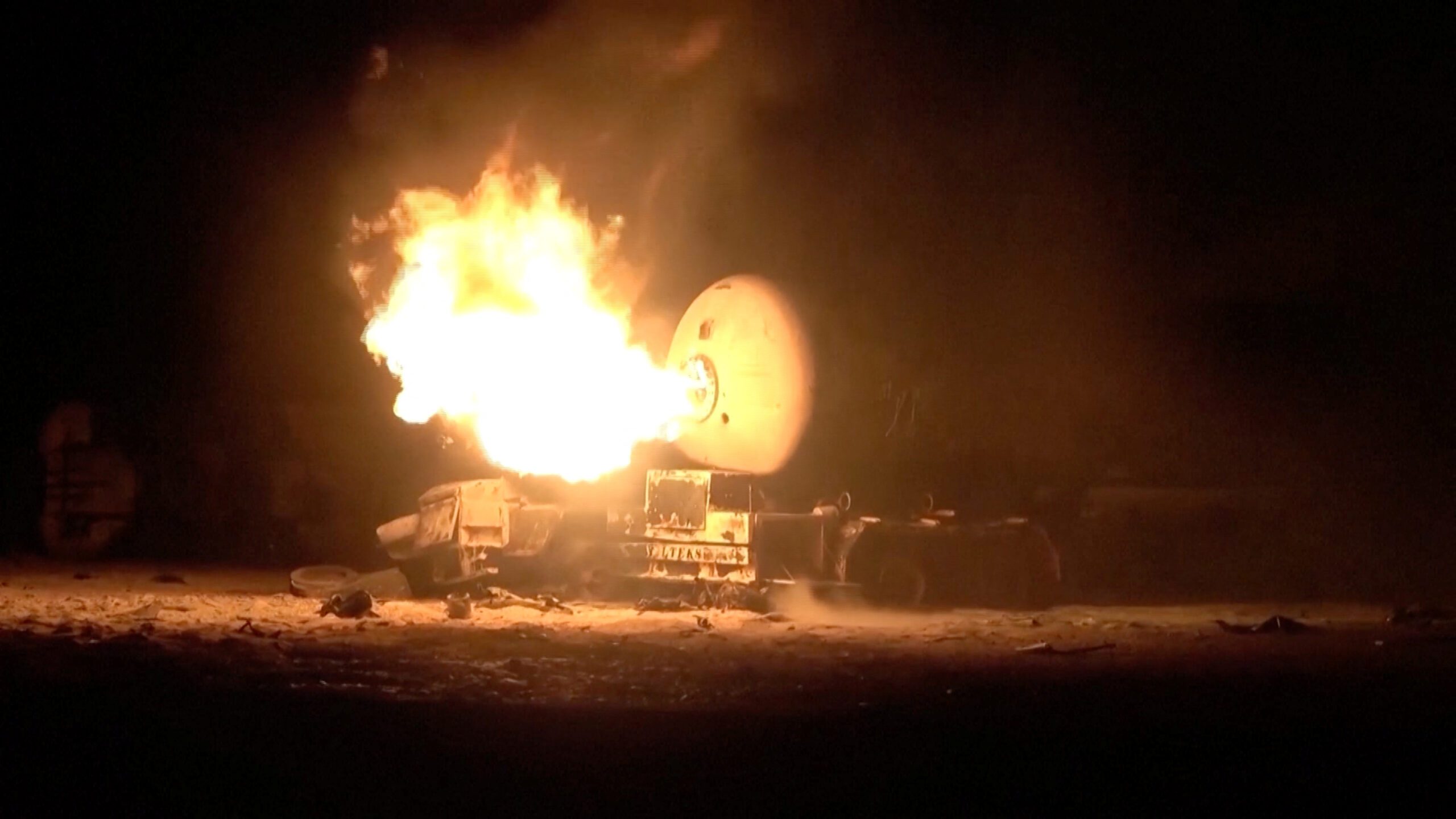North Korean container ship ”Chong Chon Gang” docked at the Manzanillo International Container Terminal in Colon City July 16, 2013. REUTERS/Carlos Jasso
 By Paul Eckert
By Paul Eckert
WASHINGTON (Reuters) – Even by the standards of North Korea’s dilapidated shipping fleet, which often carries contraband and sails vessels until they sink, the recent failed attempt to transport Cuban arms through the Panama Canal was a risky business.
Caught carrying narcotics in Ukraine in 2009, the MV Chong Chon Gang was already known to law enforcement and was plying waters closely watched by the United States before it was seized in Panama last week.
Just bearing a North Korean flag is enough for a ship to raise suspicions of port authorities and coast guards throughout the world. North Korea is infamous for running one of the world’s most unsafe merchant marine fleets, a collection of around 250 rusting ships that are mostly decades old.
With so many eyeballs on North Korea and its vessels, the Chong Chon Gang’s voyage “smacks of desperation and stupidity,” said Hugh Griffiths of the Stockholm International Peace Research Institute (SIPRI).
“There’s nowhere else on the planet, on the high seas, where an interdiction is more likely to occur than in the Caribbean because that is the U.S. backyard and where the highest number of interdictions have happened,” added Griffiths, who runs a SIPRI program on countering illicit trafficking.
A U.S. intelligence official said Panama had used information from the United States to help it seize the ship carrying missile equipment, MiG fighter jets and other arms.
North Korean ships are always under close scrutiny because of U.N. sanctions that were imposed after Pyongyang carried out a series of nuclear bomb tests that begun in 2006 and the shipment appears to be a violation of sanctions.
Trips to the Western Hemisphere are rare for North Korean ships, which are mostly workhorses that carry cheap cargo like scrap metal and feed grain in Asian waters.
“The vessels are small and most of their trade is very local to North Korea and it’s unusual to see them so far from home,” said Richard Hurley of IHS Maritime, a London-based security analysis firm. “It’s certainly unusual to see them in the Caribbean and certainly transiting through the Panama Canal,” he said.
It is not known why the Chong Chon Gang and its 35 crew members took such a risk in going through the Panama Canal, instead of going home via a longer, less-conspicuous route.
But the fact that it was carrying tons of Cuban sugar in apparent barter payment for missile repairs shows how eager North Korea is for basic supplies.
While North Korea has recovered from a famine in the 1990s, tightening U.N. sanctions and further estrangement from wealthy neighbors South Korea and Japan in recent years have also kept the country short of cash and some food.
Hurley used Automatic Identification System information and satellite data to track five North Korean-flagged vessels that transited through the Panama Canal in the last three years.
One ship, the O Un Chong Nyon Ho, passed through the canal and docked in Havana in May 2012. It left North Korea and went “straight out and straight back” the same route as the Chong Chon Gang, which Cuba says was carrying weapons to North Korea to be upgraded.
The other North Korean ships tracked by Hurley moved around the Caribbean and south to Brazil in “normal transit – as normal as any North Korean travel can be assumed,” he said.
‘NOT INFREQUENT’ CAPSIZES
North Korea serves the bottom end of the global shipping market where “they have really bad conditions, the ships are constantly changing ownership – like a bad car that is sold around among various dodgy dealers,” said Hazel Smith, a North Korea expert at Britain’s Cranfield University.
Reports of North Korean ships capsizing are “not infrequent,” Smith said. “They sail them until they actually go down.”
The bodies of six North Korean sailors were found washed ashore along the Japanese coast earlier this year after their ship, the cargo vessel Taegakbong, ran out of power and sank in December.
“North Korean vessels are much more likely to be inspected than not for health and safety issues. And that’s in China as well, not just in unfriendly states,” Smith said.
She mined global shipping databases to produce a detailed study in 2009 of North Korean shipping that found the vessels sometimes lacked proper communication and lifesaving gear and are “in some cases simply not seaworthy.”
When she wrote that report the average North Korean cargo ship was 29 years old and Smith said on Thursday it was unlikely that the impoverished state had since upgraded its fleet.
North Korean ships are not owned or operated by the central government, but instead are owned by trading companies associated with different arms of the state, party or military. The affiliation of the Chong Chon Gang is unclear.
“One of the myths is that the government controls everything in North Korea. But there’s been so much fragmentation of the economy and encouraging people to engage in semi-licit or licit deals as long as the government gets something from it,” Smith said.
Crews are poorly paid, forcing hard-up seamen to do almost anything to raise cash, including smuggling of drugs, counterfeit cigarettes and other contraband.
In 2003, Australia seized 110 pounds (50 kg) of heroin on a North Korean ship named the Pong Su and detained its crew. The North Korean seamen were later tried and found not guilty and deported, but accomplices in Australia were jailed.
Smith and Griffiths believe that despite the seizure of weapons in Panama, the movement of nuclear and missile materials covered by U.N. sanctions is done by air or in disguised shipping containers on unwitting foreign vessels, not rickety boats with North Korean flags.
Most of the questionable cargo like fake Viagra pills and contraband cigarettes that North Koreans are caught with represents efforts to gain hard currency by crews fending for themselves.
“Some of the captains do what they have to do to try to raise income. These are poor men aboard unsafe ships,” said Griffiths. (Reporting by Paul Eckert; Additional reporting by Tabassum Zakaria; Editing by Alistair Bell and Eric Beech)
(c) 2013 Thomson Reuters, Click For Restrictions

 Join The Club
Join The Club










